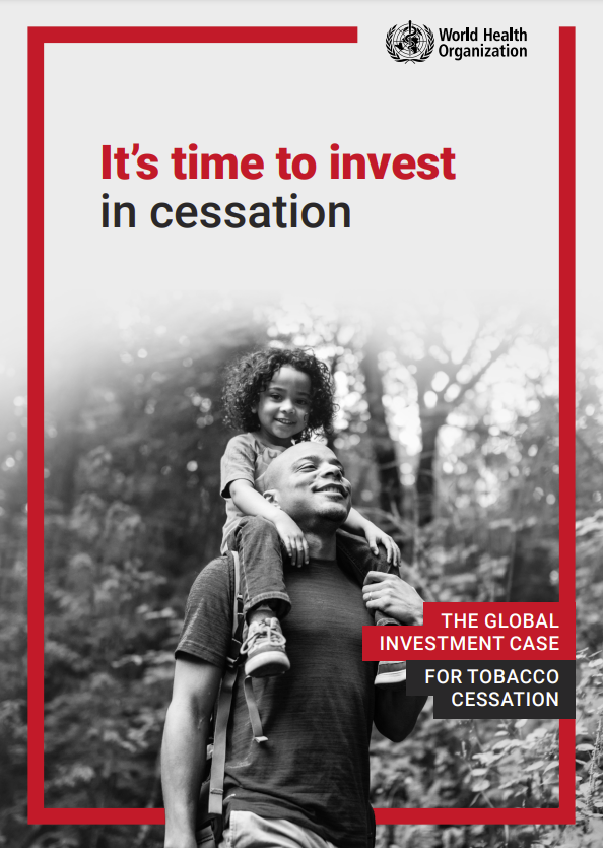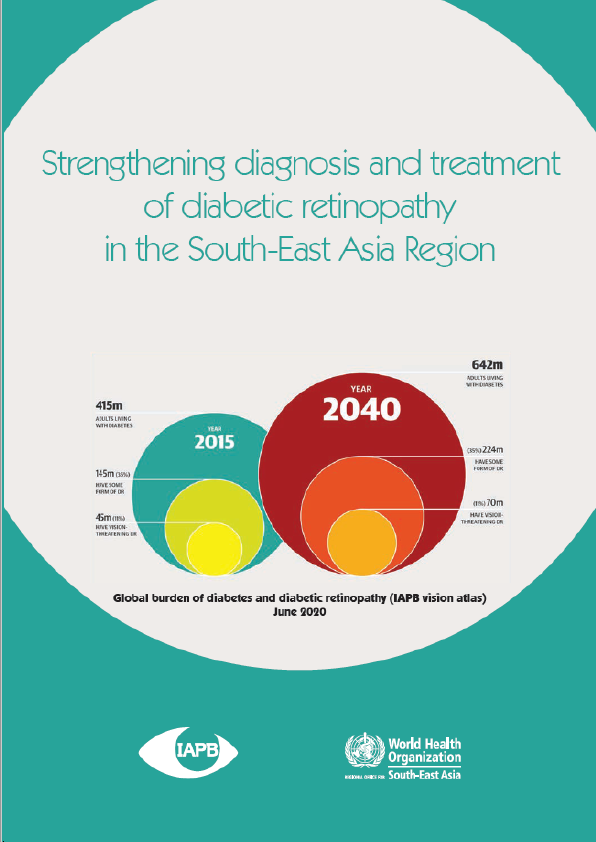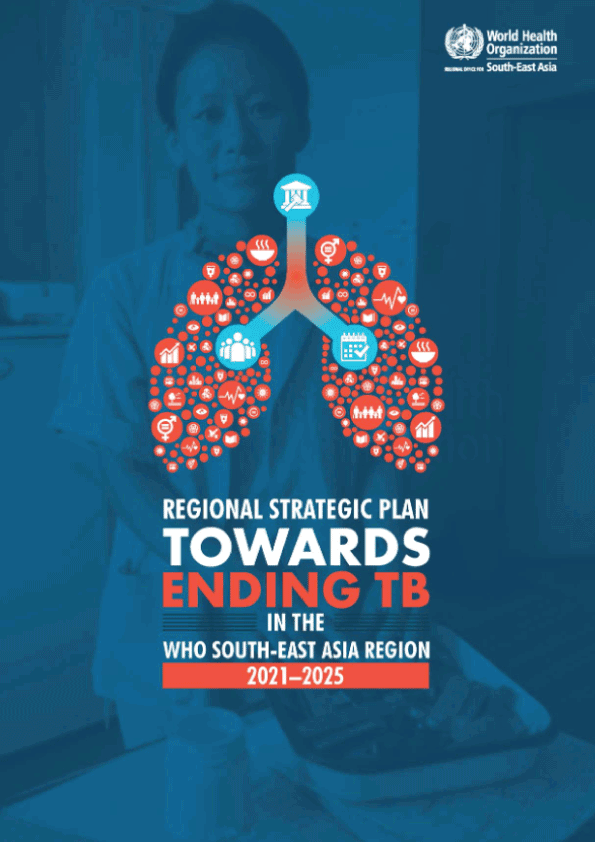The global investment case for tobacco cessation
Helping people to quit tobacco use is vital to ending the tobacco epidemic. Tobacco cessation is a critical public health investment. It saves lives, protects health and ultimately, saves governments money.
The entry into force in 2005 of the WHO Framework Convention on Tobacco Control (FCTC) – WHO’s first global health treaty – has accelerated global progress in reducing tobacco use.1 Largely, these gains have come through the adoption of key demand reduction strategies highlighted in the MPOWER package.
Despite significant progress in the last 15 years, there are still 1.3 billion tobacco users today, trapped by nicotine’s addictiveness and the manipulative influence of the tobacco industry. Helping them quit tobacco use is the key to breaking this cycle of dependence.
Investing in six key tobacco cessation interventions could help millions of tobacco users quit successfully, save millions of lives, and offer a significant return on investment for governments. These include three population-level approaches (i.e. brief advice in primary care, national toll-free quit lines and mCessation) and 3 pharmacologic interventions (i.e. nicotine replacement therapy (NRT), Bupropion, and Varenicline).
This document presents the case for why countries should invest in tobacco cessation from health and economic perspectives. It presents data from a return-on-investment (ROI) analysis of 124 low- and middle-income countries. The approach builds on previous methodologies and tools developed over the past two decades to support the implementation of the WHO ‘best buy’ interventions for noncommunicable diseases (NCDs), for which tobacco use is a major risk factor.
WHY CESSATION MATTERS
THERE ARE STILL TOO MANY TOBACCO USERS.
Globally, the prevalence of tobacco use has decreased, with the fastest declines recorded in the years immediately following the entry into force of the WHO FCTC. However, these reductions in prevalence have been outpaced by population growth. This means that the number of smokers globally has increased from 0.99 billion in 1990 to 1.14 billion in 2019.3 There are also approximately 302.5 million smokeless tobacco users worldwide.
UNLESS CURRENT TOBACCO USERS QUIT, THE COSTS OF TOBACCO USE WILL CONTINUE TO RISE.
Tobacco users are at heightened risk for death, disability and chronic health issues due to NCDs such as ischaemic heart disease, chronic obstructive pulmonary disease, cancers and stroke, are the predominant causes of tobacco-attributable deaths. They are also the major contributors to tobacco-related health care costs. In 2019, tobacco caused nearly 8 million deaths and 200 million disability-adjusted life years (DALYs).4 The total economic loss due to tobacco is estimated at US$ 1.4 trillion annually.5 Without cessation, the health burden and costs of tobacco will continue to accrue.
CESSATION INTERVENTIONS ARE PROVEN TO WORK.
Nicotine addiction is powerful, but there are proven ways to help people break free from their tobacco dependence. Currently, accepted evidence-based cessation strategies include population-level interventions (brief advice, quit lines, mCessation), individual specialist approaches (intensive behavioral support, cessation clinics) and pharmacologic interventions (nicotine replacement therapies (NRTs) and non-nicotine pharmacotherapies). Implementing these measures has been shown to result in a 2-15% increase in the proportion of tobacco users who quit tobacco use for 6 months or more, over no intervention.6 When applied universally over the global population of over a billion tobacco users, the absolute effect size would be considerable.











